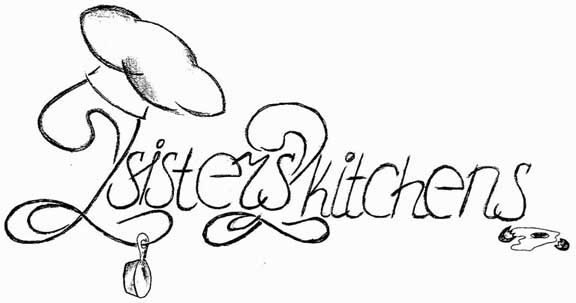In the early 90s back in Kazakhstan, we lived across the hallway from a Jewish grandmother, who I adored for her kindness and … her amazing challah. Every time I smelled sweet, fluffy, buttery odor of freshly baked challah, I found an excuse to stop by the neighbor’s apartment. Many years passed since then, we changed half a dozen apartments, and I moved overseas, but the weakness for challah remained.
 About a year ago, I spotted a loaf of challah at the Firehook bakery, DC native bread producer. The $8 loaf looked like a yellow painted brick of dough (result of yellow food coloring often added by commercial bakers for a rich look). While the Firehook challah did not make my mouth water, it pushed me to pursue a recipe that resembled the challah of my childhood.
About a year ago, I spotted a loaf of challah at the Firehook bakery, DC native bread producer. The $8 loaf looked like a yellow painted brick of dough (result of yellow food coloring often added by commercial bakers for a rich look). While the Firehook challah did not make my mouth water, it pushed me to pursue a recipe that resembled the challah of my childhood. It took 20+ loafs and about a year of research to find a perfect challah in the recipe book of my friend’s mother. Elliot and his brothers assembled the recipe book in memory of their mother. The book contains over eighty Jewish, Asian, Moroccan, and American recipes dated back to 1966. I am honored to own a copy of the book and share this recipe with you.
Challah
1 Tbsp dry yeast
¼ cup lukewarm warm
1 cup boiling water
2 tsp honey
1 tsp kosher salt
2 Tbsp mild oil (nut oil or sunflower oil)
4 ¼ cups white flour (1/4 more for kneading)
3 eggs (instead of yellow food coloring (yaks), I use fresh farm eggs that have deep golden yolks as result of the grass-based diet of chickens)Dissolve dry yeast in the lukewarm water.
Dissolve honey, salt, and oil in the boiling water. Cool the mixture until it is lukewarm.
Sift flour in a large bowl. Make an indention in the center, with a wooden spoon mix-in 2 whole eggs and 1 egg yolk, water and yeast mixture. If the dough does not come together into a ball after 3 minutes of mixing, add a bit more flour. Move the dough to a lightly floured surface. Knead the dough until it is smooth and soft adding flour to prevent sticking.
Transfer the dough into a large bowl lightly oiled with a vegetable or nut oil. Turn the dough around to cover it evenly with oil. Close the bowl with a plastic wrap or a lid and let the dough rise in a draft free place (72-75F) for 1 hour or until the dough doubles.
Remove the dough into a lightly floured surface. Depending on the design of challah, divide the dough into 1, 4, or 6 pieces. Different braiding techniques are demonstrated in these videos:
- http://www.youtube.com/watch?v=11B8leqk0RY
- http://www.youtube.com/watch?v=_guFQR-6dw4
- http://www.youtube.com/watch?v=GA2mG2neGIc
Braid challah directly on the baking sheet lined with parchment paper. Let the loaf rise in a draft free place (72-75F) for 45 minutes until the dough puffs and doubles.
15 minutes before the end of the second rise, pre-heat the oven to 375F. Mix reserved egg white with 1Tbsp of cool water. Brush challah with the egg wash and bake on a middle rack for 45 minutes or until a firm golden crust forms.
Cool on a wire rack until the bread is completely cool (otherwise challah will “sink” and lose it’s airiness)
½ cup of raisins (optional) if you wish to add raisins, soak raisins in a hot water for 5 minutes and roll in a little bit of flour. Mix-in raisins before the first rise.
2 Tbsp poppy or sesame seeds(optional) sprinkle challah with seeds after applying the egg wash.





No comments:
Post a Comment